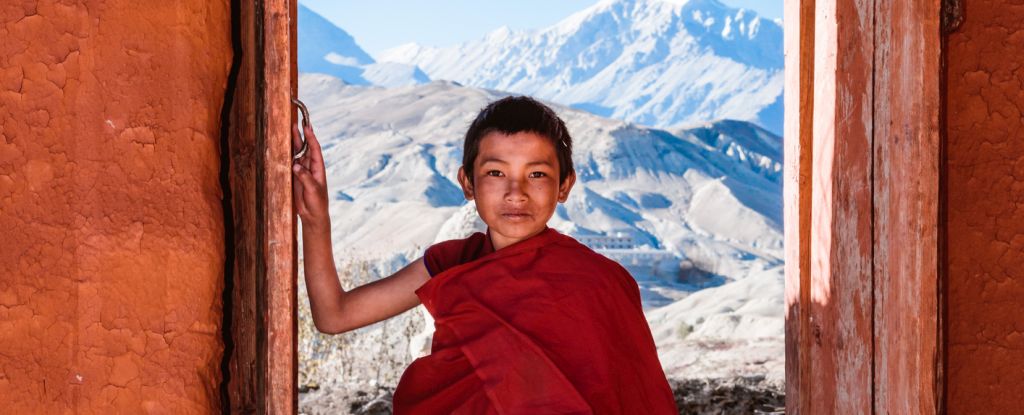Human Adaptation and Evolution in High Altitude on the Tibetan Plateau

This article explores the unique adaptations of human populations living in high altitudes, particularly on the Tibetan Plateau, where physiological changes aid survival in low oxygen environments.
Humans are continuing to evolve and adapt to their environments, as evidenced by the unique adaptations observed in populations living in high altitudes. One significant adaptation is seen on the Tibetan Plateau, where communities thrive despite lower oxygen levels in the atmosphere.
In the more than 10,000 years of settlement in this region, the inhabitants have undergone physiological changes that allow them to cope with hypoxia, a condition characterized by insufficient oxygen delivery to tissues. Anthropologist Cynthia Beall from Case Western Reserve University has studied these adaptations extensively, noting that they exemplify the biological variation of our species.
Beall's research highlights the adaptive traits that help blood deliver oxygen more efficiently. Her team found that women's reproductive success is a key marker of evolutionary fitness. Factors such as the number of live births contribute to the survival and passing on of these advantageous traits.
The study surveyed 417 women aged between 46 and 86 living in Nepal at altitudes above 3,500 meters. Researchers recorded live births, health metrics, and measured levels of hemoglobin—crucial for oxygen transport. They discovered that women with the highest reproductive success had optimal levels of hemoglobin and high oxygen saturation.
Interestingly, the research indicated that an intermediate level of hemoglobin is most beneficial, allowing for effective oxygen delivery without thickening the blood, which could strain the heart.
Moreover, women with higher reproductive success also exhibited faster blood flow to the lungs and had larger left ventricles, enhancing oxygen transport capabilities.
The study emphasizes the role of cultural factors as well, as women who reproduce younger and have longer marriages tend to have higher live birth rates. However, physical traits remain critical, as those resembling low altitude physiologies showed the highest reproductive success.
Beall summarises that this research serves as a case study of ongoing natural selection and sheds light on human evolutionary processes. The findings were published in the Proceedings of the National Academy of Sciences.














